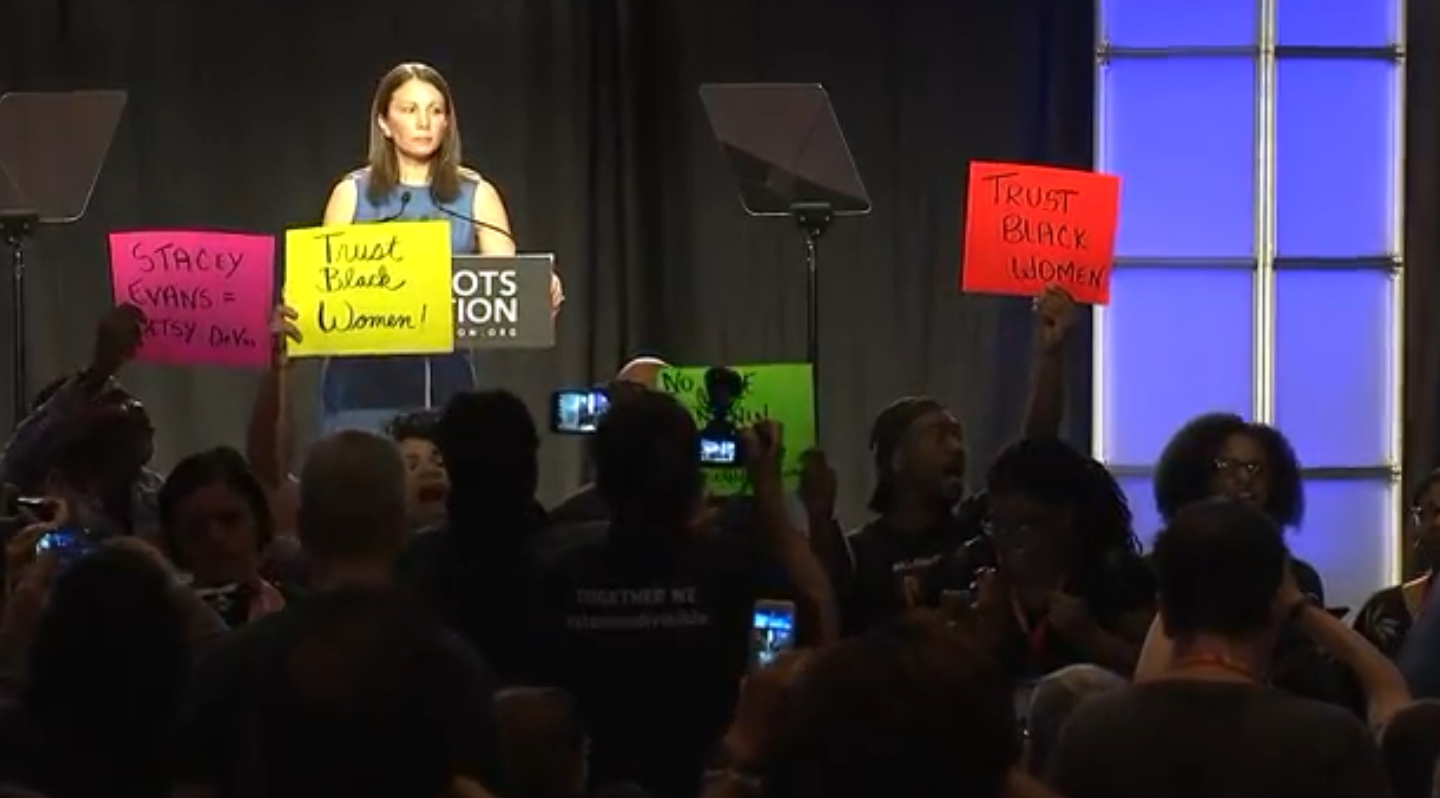By Ali Sifyan Elyaman
The race to replace Georgia’s term-limited Governor, Nathan Deal, has already begun. Party primaries will be held on May 22nd, with the party winners progressing to midterm elections on November 6th. A runoff is also scheduled for Dec. 4th in the unlikely case that neither candidate gets the required 50 percent of votes needed to win a majority.
No Democrat has won a statewide office in Georgia since 2006, though Republicans’ margins of victory have shrunk in the last three election cycles. Both Jon Ossoff, who almost flipped the historically-red 6th Congressional District last July, and Hillary Clinton were able to pull affluent white suburban voters away from the Republican Party – though not enough to actually win their respective elections.
Democrats are also hoping to capitalize on changing demographics in Georgia, with the white electorate that has kept Republicans in firm control of the state for the past decade slipping away as more Democrat-friendly minority voters slowly move into the state.
The 2018 gubernatorial primary is being observed heavily by the Democratic National Party as a battle of two opposing campaign strategies.
Stacey Abrams
On one side, the not-so-clear frontrunner for the nomination, Stacey Abrams, is focusing on voter turnout. With her campaign strategy in mind, her run for Georgia’s highest office seems far more calculated than one would presume at first glance.
In 2013, then Minority Leader Abrams started the New Georgia Project, a voter registration plan that seeks to tap into the 900,000 voting aged minorities in the state. The project has currently registered 107,000 new voters in the state and is hoping to continually increase that number as the 2018 midterm election approaches. However, the program has endured its fair share of criticism and attacks from Republican lawmakers, with current opponent Secretary of State Brian Kemp filing a subpoena on the organization and partner groups to investigate fraudulent registration applications and “significant illegal activities” in 2014. The ensuing investigation revealed that 25 invalid voter registration applications were submitted out of 85,000.
Abrams is also hoping to tap into the low approval ratings of President Trump among business-focused conservatives in the suburbs surrounding Atlanta that propelled Hillary Clinton in 2016 and Jon Ossoff in 2017. She’s known for working with Republicans rather than reflexively opposing them, which she hopes will help her appeal even as she refrains from taking more moderate stances like Jason Carter did in 2014.
Abram’s is also hoping to turn rural Georgia blue – yes, the same rural Georgia that the propelled Trump to victory in the 2016 general election. She hopes that mixing rural-Georgia-specific issues such as hospital closures and broadband internet access with statewide issues like education funding and Medicaid expansion can expand her appeal outside of south Atlanta and the usual Democratic base.
Stacey Evans
As for Former Representative Evans, her strategy takes a more simplistic theme: Hope – both the scholarship and notion.
She first entered the spotlight in 2011 when she opposed republican’s and members of her own party’s attempts to cut the Hope Scholarship. Since then she has bolstered her reputation by winning a high profile Medicare-fraud case against DaVuta Healthcare Partners Inc, resulting in 450 million dollars in settlements returned to tax payers. She then used her winnings from the case to start a scholarship for first generation law students.
A main focal point of her campaign is her personal story. Growing up she lived in 16 different houses in 18 years, with her mother trying to avoiding debt collectors and abusive partners throughout her childhood. She qualified for the HOPE scholarship and was the first to attend college in her family.
Her campaign revolves around using her personal story as an example for the difference the HOPE scholarship and education funding can make. She goes as far as to say “My story starts with the HOPE scholarship. It was the center of my success,”. Her strategy seems to be using its theme of hope to appeal to blue collar workers and republican’s disenchanted by Pres. Trump and the GOP field, which she hopes matched with the democratic base would be enough to swing the General election in her favor.
Where will this head?
On August 12th at the Netroots conference, Stacey Evans couldn’t deliver her scheduled speech due to pro-Abrams protestors chanting and drowning her out. This event highlights the dividing race for governor.
The two candidates have been competing for endorsements from the biggest names in the democratic party of Georgia, with Abrams most prominent endorsement coming from Representative John Lewis while Stacey Evans came from former Governor Roy Barnes. They’re also competing in terms of fundraising. With the most recent figures coming from late this summer, Evans had raised $410,000 dollars to Abrams $540,000.
The divide being created in party is real, with more white moderates backing Evans and more progressive Minorites backing Abrams. Currently Abram’s has the edge in the primary, pulling in more money, a larger volunteer network, and the party’s minority bloc (the largest of the three) on her side. However, Evans message has been gaining traction throughout the party, earning her praise from many, including Atlanta’s Mayor Kasim Reed.
The Democratic Party in Georgia can be proud that it has two qualified, competitive candidates. Both have opposing views on how to turn the state blue in November, but first the party will have to survive what’s sure to be one of the most bruising primaries it’s had in recent history.
